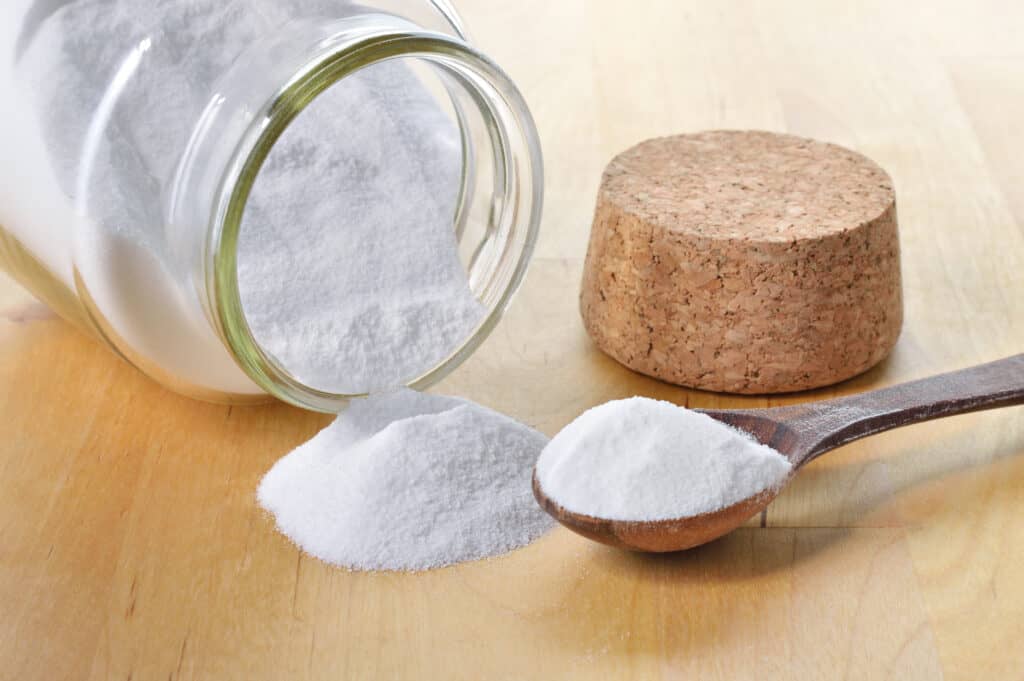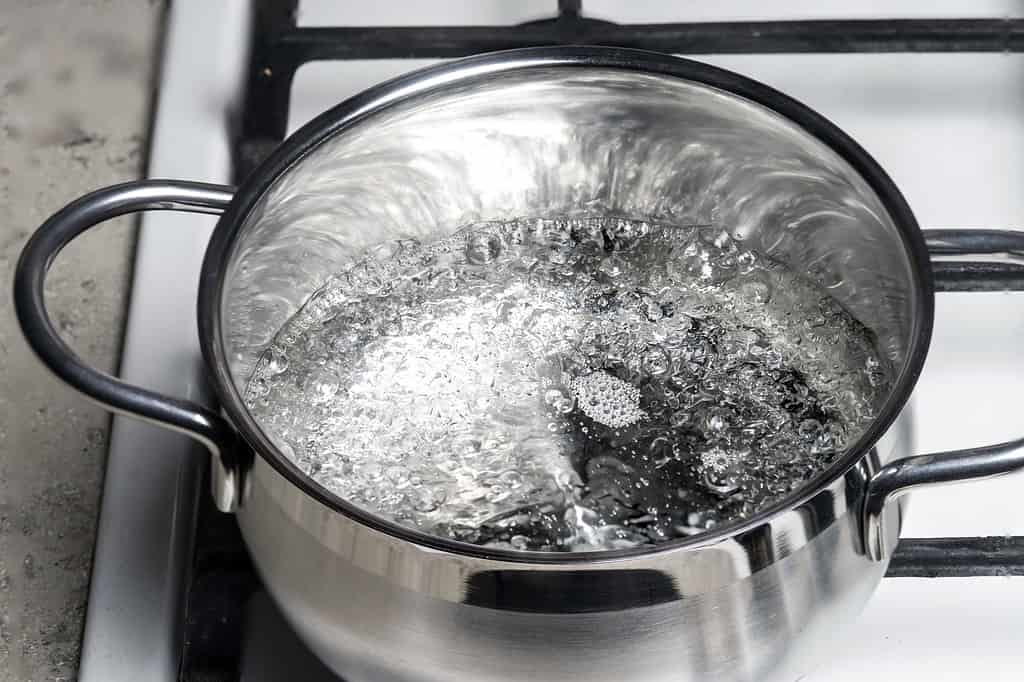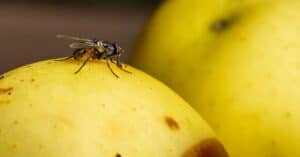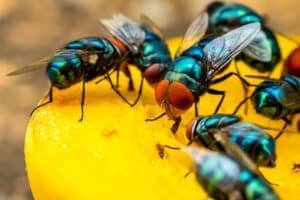The dreaded drain fly… it’s definitely not your average housefly that hovers around the dinner table. Instead, this sewer gnat is home to stinky drains and wet pipes. So what exactly are drain flies, and why is this pesky insect such a nuisance?
Well, for starters, these small insects have a great continuance for survival. This is because these moist sewers offer a stable and safe environment. This allows them to breed and lay their eggs. The fly’s larvae then feed on organic matter that forms inside your drains once they hatch their eggs. Unfortunately, this can result in unnecessary obstructions in your home sewage system.
Additionally, they have the ability to reproduce at a rapid rate. This means that if you have these insects present, you might have a full-blown infestation brewing inside your drain and plumbing system.
So, let’s dive in and investigate the mysterious world of drain flies…This blog post will guide you in understanding more about where drain flies come from. What attracts them? And techniques for how to eliminate them.
Where Do Drain Flies Come From?

Drain files are annoying pests and can breed rapidly.
©Cherdchai Chaivimol/Shutterstock.com
These winged insects divide their life cycle into four phases. These four phases include the egg, larvae, pupae, and adult. Their lifecycle is typically completed in 21 to 27 days but will develop and grow rapidly in warmer conditions. Once the female has found her nesting space, she will deposit masses of 15 to 40 transparent eggs, which will hatch over two days.
Stagnant water, rotting food, and refuse particles that accumulate in your drainpipes over time form organic matter, a food source for the larvae. This abundance of wet debris allows the larvae to develop into pupae.
Finally, after three weeks at the end of its life cycle, the drain fly undergoes a fascinating transformation changing from slimy pupae into a furry, winged creature. What makes these insects so remarkable is that they have a relatively short lifespan, usually only a couple of days, but the ability to regenerate and continue their life cycle is what makes these tiny insects so intriguing.
What Attracts Drain Flies?

Ensure you have no stagnant water sitting around to avoid attracting drain flies.
©iStock.com/Lazy_Bear
Dirty drains: Drain flies are drawn to an accumulation of organic matter in your drains, which includes rotting food particles and strands of human hair.
Moisture: Wet and moist environments are where these flies thrive, so any areas of your home that are consistently damp or humid can be a breeding ground for them.
Poor ventilation: Poorly ventilated areas can create a humid environment that drain flies find appealing.
Leaky pipes: Stagnant water and dampness caused by leaks in your plumbing system can attract drain flies.
Are Drain Flies Harmful?
These insects are not known disease carriers. They can, however, transmit a harmful bacterium known as myiasis. This bacteria is spread through contaminated surfaces, causing the larvae to come into contact with your skin. The drain fly will start to grow inside the skin tissue, producing unruly infections.
While the possibility of illness from drain flies is low, you should take precautions and avoid contact with these pests.
Methods To Get Rid Of These Pests

A baking soda and vinegar solution will help you clean your drain to reduce the chance of drain flies.
©Geo-grafika/Shutterstock.com
Clean your drains: Cleaning your drains and pipes is the first step in removing these annoying insects. To dislodge any build-up, use a drain brush, vinegar, and baking soda solution.
Eliminate standing water: Eliminating any sources of standing water in your house can help prevent drain flies from reproducing because they are drawn to it. Dry out any damp areas in your house and fix any leaks or dripping faucets.
Use fly traps: Fly traps can be useful for catching adult drain flies. Place sticky traps near areas where you’ve observed flies to capture them as they fly by.
Natural insecticides: Adults and their offspring can be killed using essential oils or soap solutions. Although these alternatives are risk-free to use around kids and dogs, they might not be as effective as chemical insecticides.
Call a professional: Think about hiring a professional pest control agency. Especially if you can’t eliminate these unruly gnats on your own. They will be able to evaluate the circumstance and offer solutions that will solve the issue.
These drain flies may demonstrate the wonder and variety of nature. However, if they start to control your living space and an infestation occurs, they are not good for the environment. Take the necessary actions to stop them from returning and eliminate these pests for good.
Can Boiling Water Kill Drain Flies?

Boiling water and pouring it down drains helps to eliminate drain flies and other pesky drain insects.
©VladK213/iStock / Getty Images Plus via Getty Images
Drain flies have an uncanny ability to survive rapid-flowing water. Their bodies are covered in water-repellant hair to help them shake off the excess and go about their business. Plus, drain fly larvae have the ability to trap air bubbles and survive submersion for over 24 hours!
If your pipes are infested, the best solution is to seek a professional. But one method to clear out your drain would be to pour boiling water down it. Boiling water can kill drain flies, and this strategy can be utilized several days a week for two weeks or so to try and kill the larvae as well.
The photo featured at the top of this post is © Cherdchai Chaivimol/Shutterstock.com
Thank you for reading! Have some feedback for us? Contact the AZ Animals editorial team.






